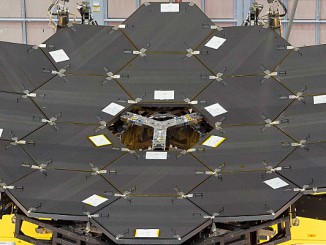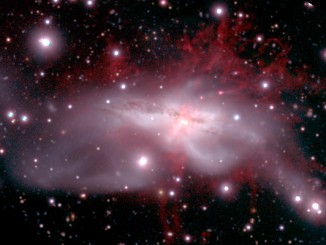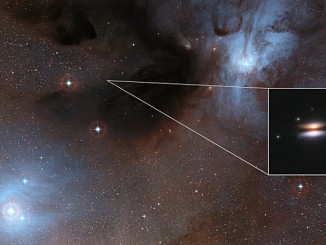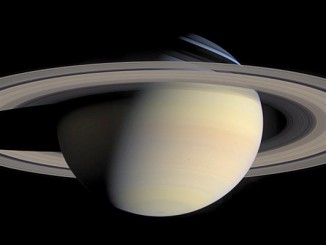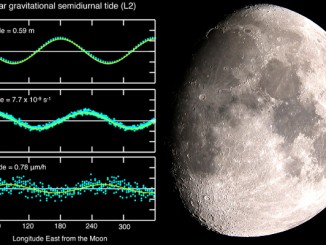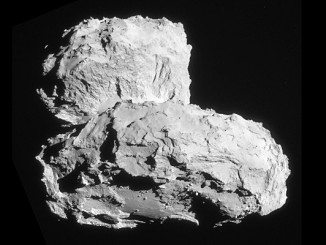
No large caverns found inside Comet 67P
Comets are known to be a mixture of dust and ice, and if fully compact, they would be heavier than water. However, measurements have shown some of them to have densities much lower than that of water ice, implying that comets must be highly porous. A new study of low-density Comet 67P/Churyumov-Gerasimenko using data from ESA’s Rosetta spacecraft rules out a cavernous interior.

